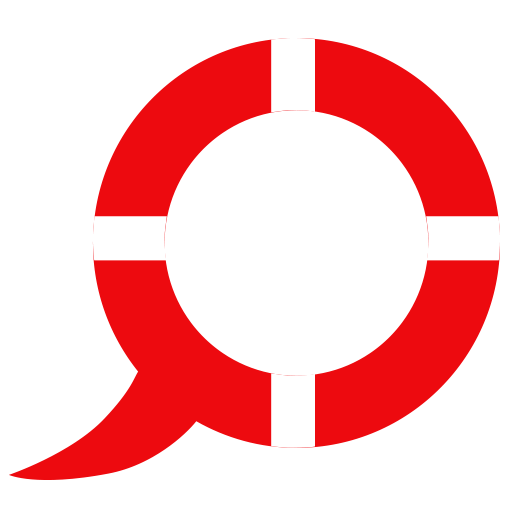Every teenager would confirm that rules exist to be broken – which sounds cool but not really consoling to a cautious parent. So, if you, or the school, or the Internet provider use Parental Control tools in order to censor some information your kid might see online, be assured they will try to find a workaround. A number one tool in your young rebel’s arsenal is the so called anonymizer, which is referenced to as ‘proxy bypass’ in a security system or ‘HTTP forwarding’ in Kaspersky Lab’s products.
An anonymizer is a tool that attempts to make activity on the Internet untraceable. Wikipedia.
If put officially, the definition is as follows: “The HTTP forwarding category includes web resources which employ special web applications and thus serve intermediaries for downloading content from other web resources, bypassing restrictions imposed by a network administrator, or anonymizing access to certain web resources which do not accept HTTP requests from certain IP addresses or groups of IP addresses (for instance, from IP addresses originating in a certain country). To put it simply, these terms stand for means of getting access to websites which are prohibited by the system of parental controls or even by a service provider.
What’s happening beyond the browser interface
The technical explanation for this phenomenon is quite complex, but, if simplified a bit, it may mean the following: the resources which are defined as restricted, are detected as such by their names and numerical IP addresses, and not by the very contents of the webpages, as many might think. The anonymizing service / proxy is receiving data from the website which got your kid so interested, and transfers it to the computer. That means the security systems which are supposed to control the access, ‘see’ only requests coming from the anonymizer website and cannot block anything. To see ‘before’ and ‘after’, please refer to the image below.
How anonymizers work
An anonymizer is a tool which hides the name and the IP address of the user. As a pleasant compliment, it allows to access a website which is restricted in your region or is prohibited by a Parental Control policies.
The most common type of anonymizer is the so called web proxy. They are a web page offering an opportunity to bypass restrictions and access prohibited websites.
The employ the following method: A user enters the name of a web proxy into the search field (say, anonymouse.org). When on the website, we see a field to type in the target website’s name. Then, as usual, the request is sent to the web server, and not from the computer, but from the proxy. The network activity in this case is entirely handled by the anonymizer.
There are proxies which are a bit more challenging to set up: to use them, one needs to enable the ‘Use proxy’ option in the computer’s network settings and indicate the available proxy server’s IP address. The list with all proxy server IP addresses can be found on the Internet. Then all requests from your browser would make a small detour and be handled via the proxy server of choice.
Preventing the use of anonymizers
As you could have gathered from the above, kids have methods of bypassing restrictions and see inappropriate pages. What can you do in order to prevent it? So, just for this very purpose, each Parental Control option includes a category which blocks access to sites which offer web proxy services, as well as to the websites which list such services in the first place, or to pages where a special anonymizing browser can be downloaded, or even to websites which provide instructions on how to bypass restrictions via anonymizers.
If you don’t want your child to set up a third-party browser locally (for instance, from a USB stick), please make better use of user profiles and privileges in Windows: don’t provide admin rights to the child’s profile so s/he cannot download or install software.
 Kids Safety
Kids Safety








